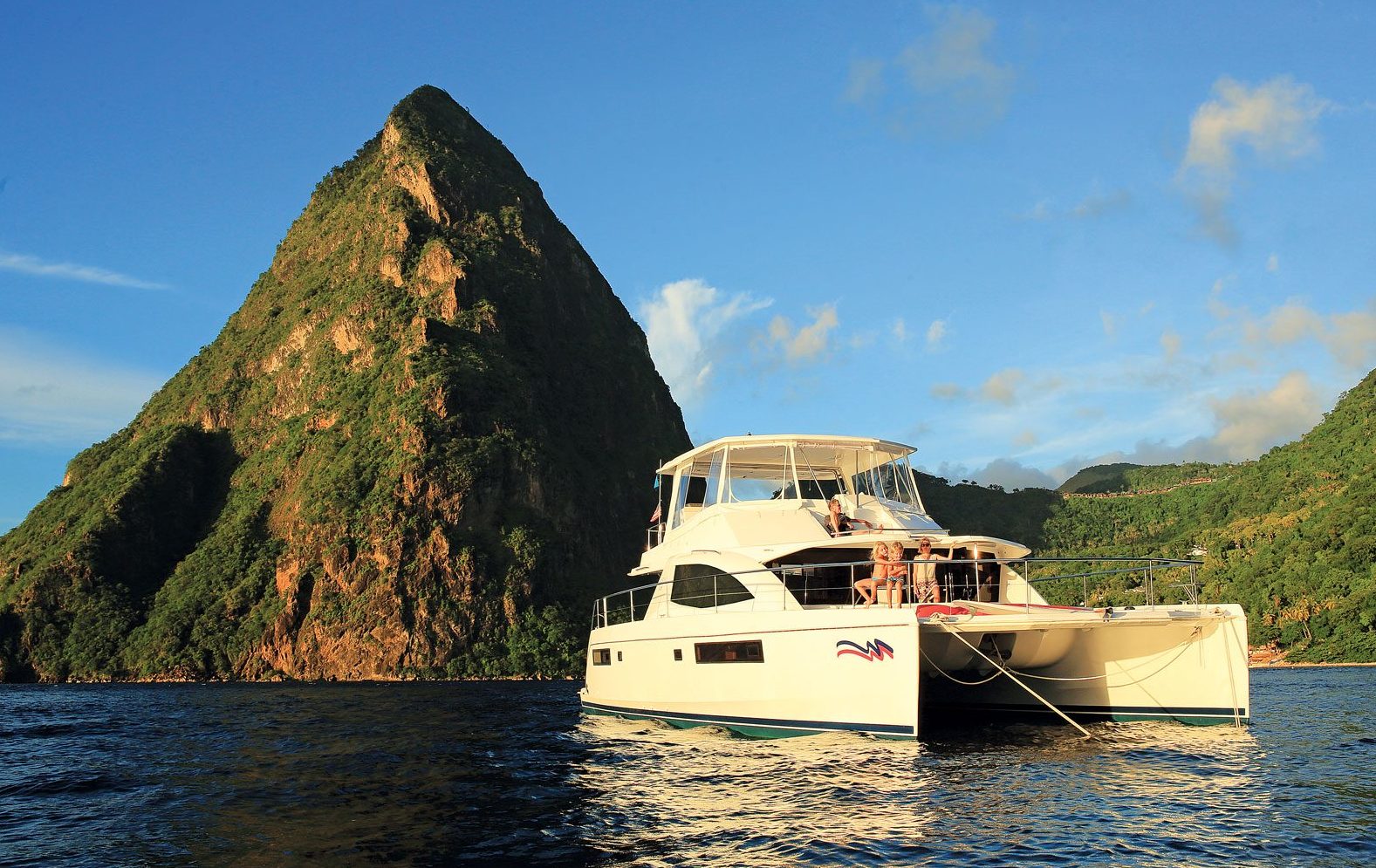Overnight moorings versus anchoring? Here in the British Virgin Islands it’s quite a dilemma for many boaters.
Why is this decision a topic for a VISAR column?
The reason is that VISAR’s crews are frequently called out either to help people who have dragged anchor in the middle of the night and are in danger of being run ashore, or they are needed to help in situations where people have crushed fingers while picking up moorings.
There’s the bit of you that wants to find those wonderful “secret spots” in which to spend the night, away from the madding crowds – bobbing serenely under a star-filled sky; then there’s the part of you that wants to dine ashore and seek out the night-time action.
When you find the secluded and tranquil bays you inevitably have to anchor – there’s a good reason there are no moorings – there’s no commercial advantage attached to the cost of installation and maintenance of the moorings. The problems with anchoring are several fold. Many of those charter boats frequently don’t have much experience of anchoring overnight. Often, the captain of the boat spends the entire night doing a good imitation of a meerkat – popping a head through the hatch whenever a puff of wind causes the boat to move. If you do find that the anchor is dragging you’ve suddenly to be totally awake and alert, as do your crew.
You’re on a boat that’s new to you and making sure that you hit the right breakers for the deck lights and windlass and get the engine started. Not easy. Toes are stubbed on deck fittings as you fumble in the dark. When you finally get the anchor re-set you inevitably just doze for the rest of the night as you can’t be totally sure that you’re going to hold for the rest of the night. You greet the new day tired and wondering what in heaven’s name is restful about sleeping on a boat!
If you decided that you wanted to spend the night in a more sociable spot then the odds are that you can choose between picking up a mooring or anchoring.
Except for the fact that the moorings have already been installed in the more favourable anchoring spots it ought to be a relatively easy decision to make. If you’ve arrived late in the afternoon the odds are that the moorings will all be occupied and you’ve the challenge of anchoring in a tight spot of deep water.
Assuming that the basics of anchoring and mooring are understood, what are the secrets of making both manoeuvres safe and efficient? When approaching a mooring or preparing to anchor have you ensured that you have a clearly understood set of hand signals for communication between the bow and the helm? Have you a real appreciation of way and windage?

Let’s take anchoring first.
If you read any of the standard yachtsman’s guides the recommendation is for a ratio of 3:1 for daytime anchoring and 5:1 for overnight. Why not go 5:1 for daytime and 7:1 for overnight. These days almost every boat is equipped with an electric windlass so hauling all the rode & chain back in isn’t exactly a hardship, and the benefits of the extra scope are unquestionable. Do you really back down hard enough to ensure that the anchor is well dug in?
Do you snorkel to get a good visual confirmation that the flukes of the anchor aren’t fouled by something or that your chain isn’t bumping against coral?
Overnight moorings are robust.
Generally they have 1”-1 1½” nylon line for the pennant, with a generous eye spliced into the trailing end. Sometimes making the eye fast around a deck cleat on a 35′ yacht is a serious challenge. This, combined with a lack of/confused communication between the crew member and the helm, can readily result in fingers being squashed between the line and the cleat. There is an element of human nature that finds it very difficult to let go and do it all again, and overcoming that isn’t easy. Try tying off a line from the starboard bow cleat and running it under the lifelines. When you’ve hooked the mooring run the bow line through the eye of the pennant and around to the
opposite bow cleat, effectively creating a short bridle.
Be careful though not to make it too long, as you may run the risk of bumping into your neighbours. Make it too short and whoever is sleeping in the forepeak will spend the night listening to the anchor clanking at their feet. Play with it and you’ll find a good workable length. This also makes for very easy casting off in the morning.





